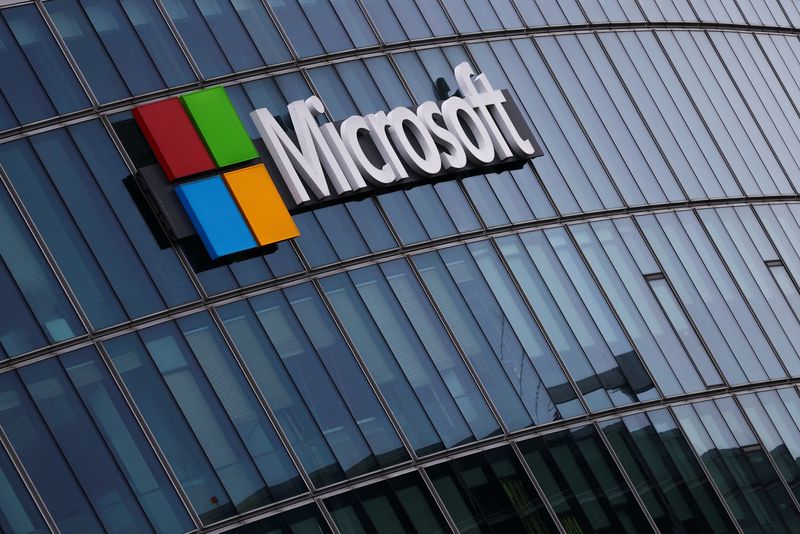Microsoft’s recent announcement regarding the integration of Anthropic’s AI models into its Copilot assistant signifies a strategic pivot in the rapidly evolving landscape of artificial intelligence. This shift not only underscores Microsoft’s intention to diversify its AI capabilities but also reflects a broader trend among technology companies striving for greater autonomy in their AI deployments. For SMB leaders and automation specialists, this development provides valuable insights into the comparative advantages and risks associated with leveraging diverse AI models.
The integration of Anthropic’s Claude Sonnet 4 and Claude Opus 4.1 models into Copilot offers Microsoft users flexibility and a choice that has been somewhat absent in previous iterations. Historically, Microsoft’s AI features across its suite of applications—everything from Word to Outlook—have been predominantly powered by OpenAI’s state-of-the-art models. These models have established themselves as pillars of AI innovation, offering robust natural language processing (NLP), machine learning, and automation capabilities. However, Microsoft’s decision to incorporate Anthropic signals a critical acknowledgment of the need for multi-source dependency, thereby mitigating the risk posed by relying heavily on a single entity.
From an analytical perspective, users now have the option to select between two reputable AI models depending on specific operational needs. OpenAI’s offerings are known for their depth in conversational capabilities and advanced reasoning, which can be particularly beneficial for applications requiring sophisticated content generation and context understanding. Conversely, Anthropic’s models have been designed with a particular emphasis on safety and interpretability, addressing common concerns around AI unpredictability and ethical behavior. This differentiation highlights a vital point: the suitability of a model may vary based on the intended application, and decision-makers should evaluate these aspects when choosing their AI strategy.
However, it’s essential to assess the potential weaknesses inherent in each model. OpenAI’s models, while powerful, often come with higher operational costs and can require more extensive computational resources to yield optimal performance. This could pose a challenge for SMBs that may not have the infrastructure or financial flexibility to accommodate such demands. In contrast, while Anthropic’s models can present a more economical option, they may not yet match the extensive capabilities of OpenAI, particularly for complex automation tasks. Thus, businesses must weigh the cost implications against their specific use cases to determine the best model alignment.
Exploring the return on investment (ROI) from these technologies also reveals nuanced considerations. With increased competition in the AI landscape, as evidenced by Microsoft’s simultaneous exploratory partnerships with other entities like Elon Musk’s xAI and Meta Platforms, companies can expect to see improvement in cost efficiency alongside enhanced service offerings. The introduction of multiple AI models can drive down costs through competition while also encouraging innovations tailored to user demands. However, SMB leaders should remain vigilant, as the ROI from implementing advanced AI solutions is often contoured by staff training, integration complexity, and ongoing support requirements.
Scalability is another critical aspect that decision-makers must contemplate when selecting an AI partner. Microsoft’s dual-model strategy may serve well in promoting agility, enabling businesses to seamlessly switch between models depending on workload demands or shifts in operational strategy. This increased scalability can lead to enhanced productivity and operational resilience for SMBs, allowing them to adapt more rapidly to market changes or internal shifts without overcommitting to a single vendor’s ecosystem.
As Microsoft seeks to reduce its reliance on OpenAI and develop in-house AI capabilities, it is crucial for stakeholders to recognize this dynamic as part of a larger trend within the industry. Notably, Microsoft’s deployment of models from external competitors, such as China’s DeepSeek, serves to broaden its operational scope while simultaneously enhancing its cloud capabilities. This democratization of AI resources can help level the playing field among SMBs, providing previously inaccessible tools and expertise at a more manageable cost.
In light of these considerations, SMB leaders and automation specialists are advised to adopt a multifaceted approach toward AI platform selection. Assessing both OpenAI and Anthropic through clear performance metrics aligned with specific business goals will be essential. Engaging in pilot programs to evaluate model performance against real-world scenarios can deliver invaluable insights that guide further investments. Additionally, continuous monitoring of emerging AI trends and new model releases can empower organizations to iterate their AI strategies proactively.
FlowMind AI Insight: The evolving AI landscape demands that SMB leaders maintain flexibility and openness to integrating diverse models tailored to their specific needs. Embracing a multi-vendor strategy can enhance resilience and innovation potential while aligning closely with operational goals. As competition among AI providers intensifies, the ability to adapt will be critical for sustained success.
Original article: Read here
2025-09-24 16:07:00

